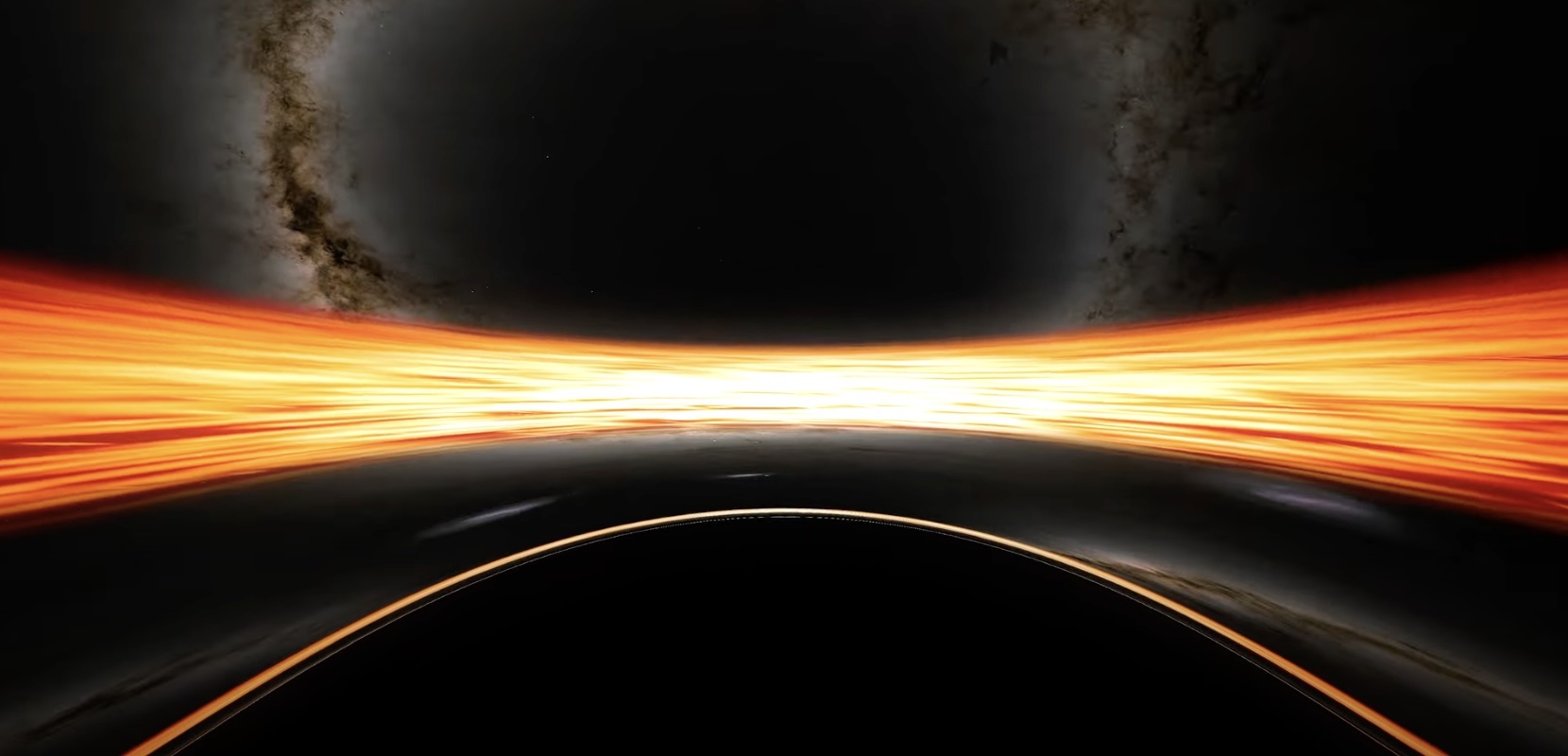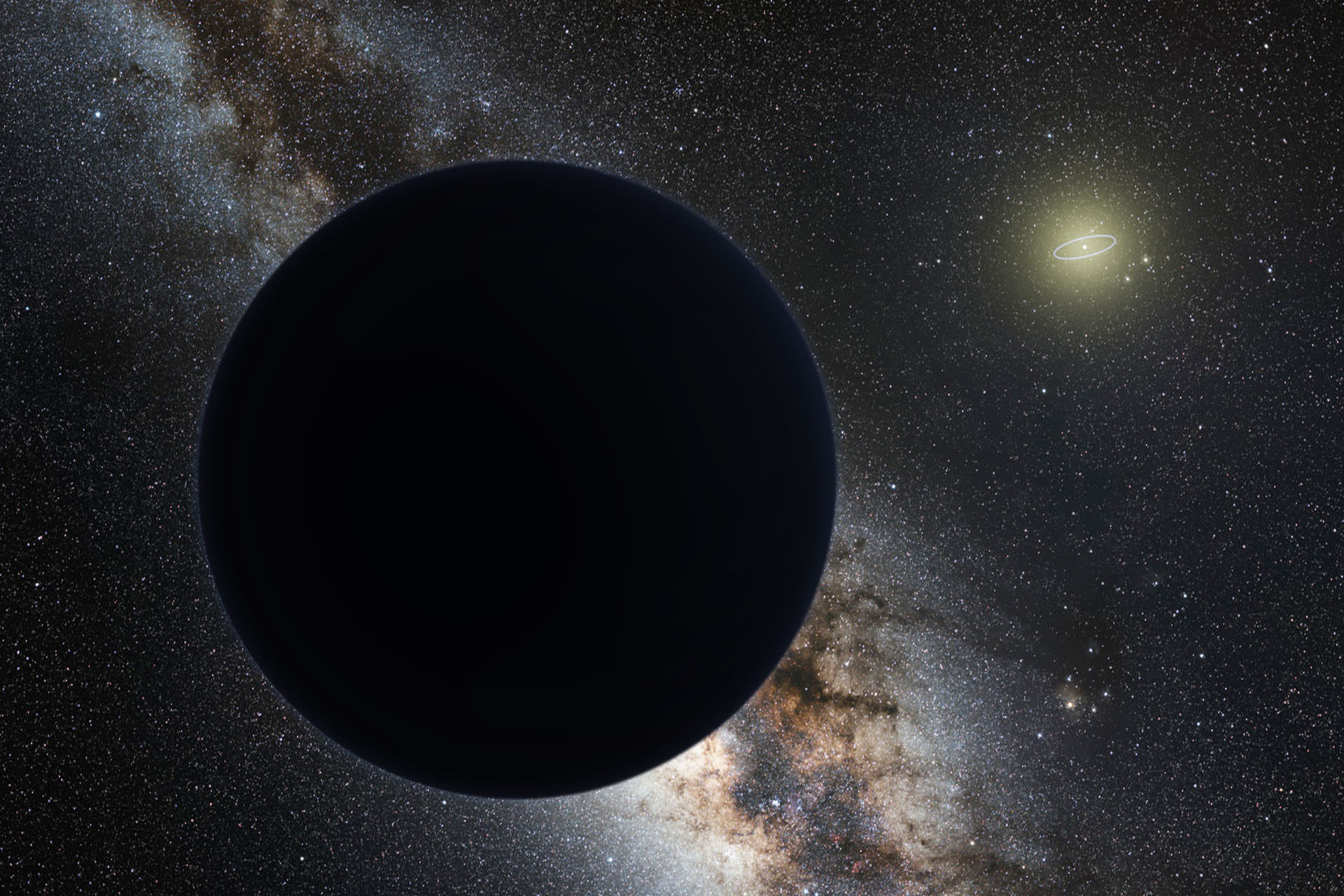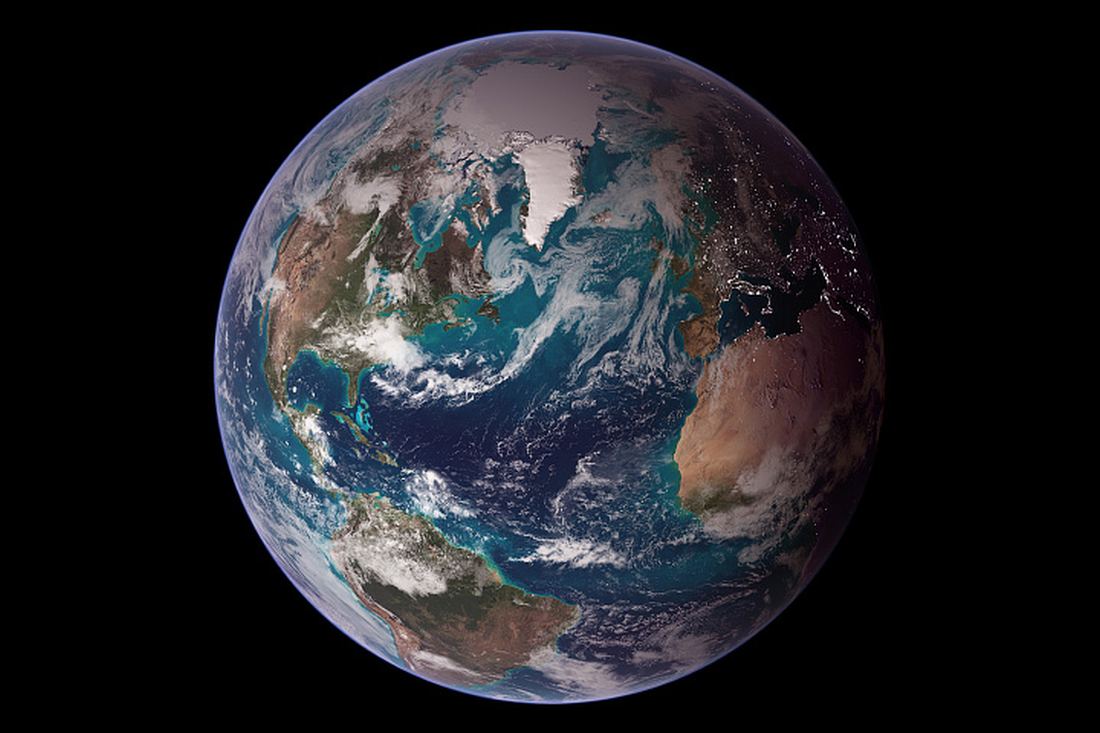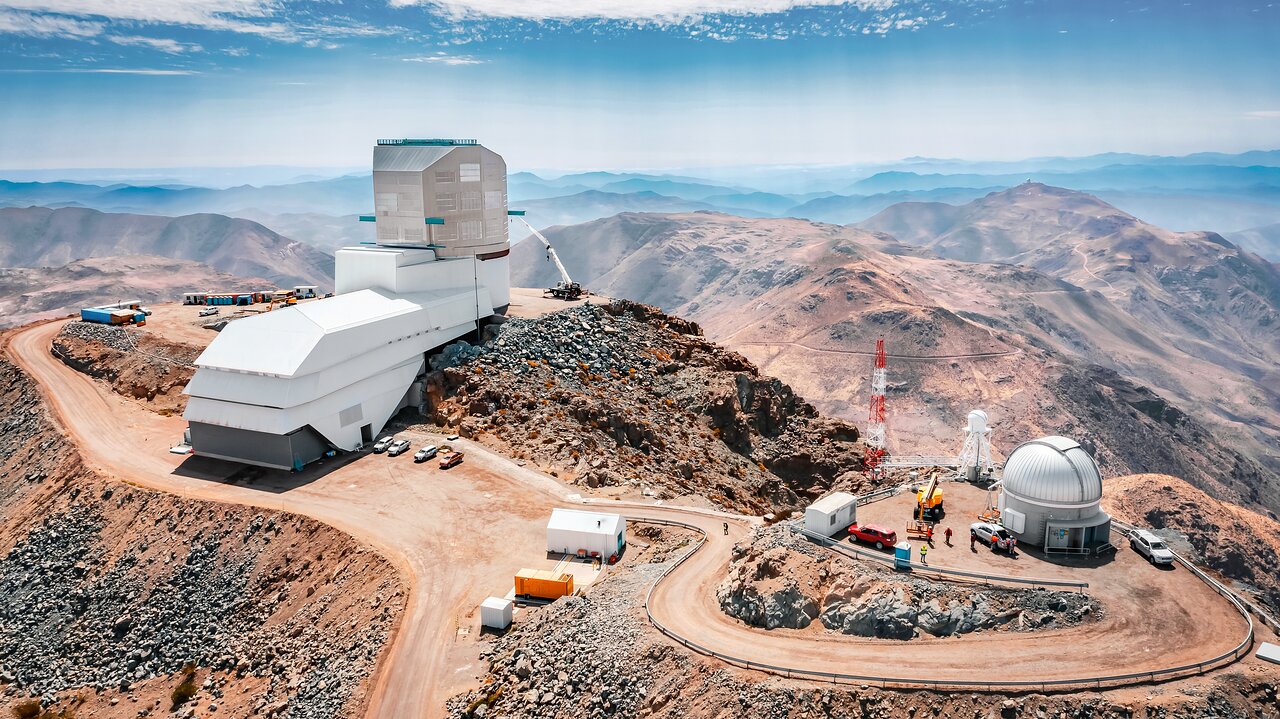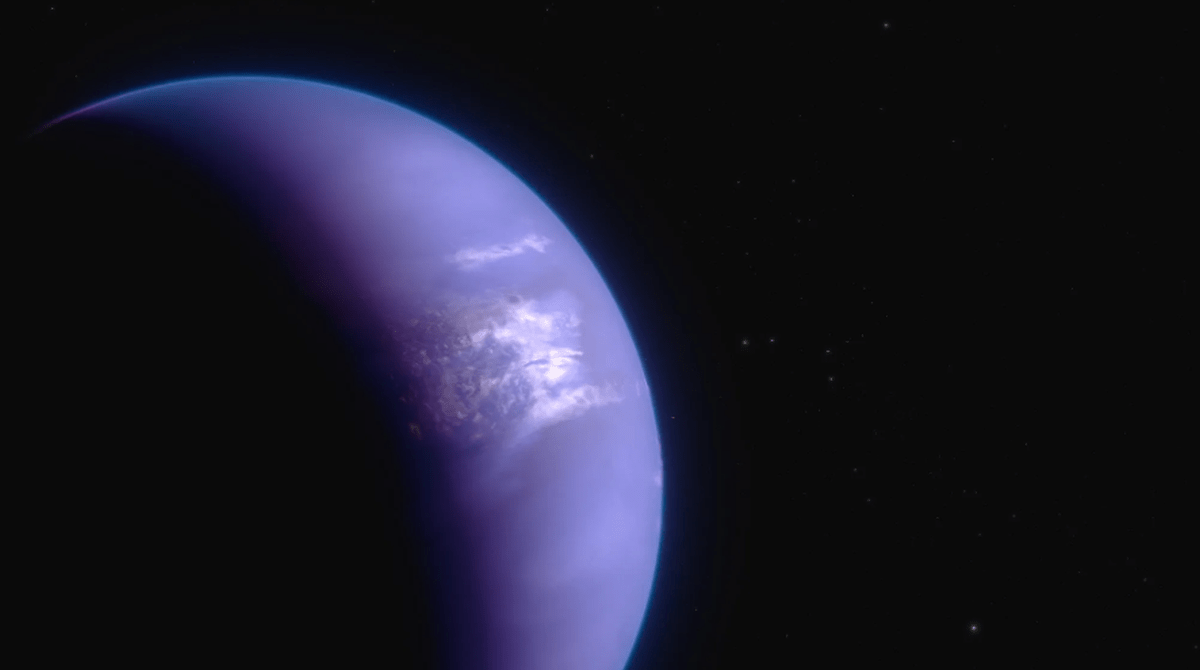Even though Venus and Earth are so-called sister planets, they’re as different as heaven and hell. Earth is a natural paradise where life has persevered under its azure skies despite multiple mass extinctions. On the other hand, Venus is a blistering planet with clouds of sulphuric acid and atmospheric pressure strong enough to squash a human being.
But the sister thing won’t go away because both worlds are about the same mass and radius and are rocky planets next to one another in the inner Solar System. Why are they so different? What do the differences tell us about our search for life?
Continue reading “What Deadly Venus Can Tell Us About Life on Other Worlds”



